We had the opportunity to observe the training session on the disaster prevention plan at Squadron 112, Squadron 11 (Coast Guard Region 1) with the main contents: Fire prevention, anti-sinking, ensuring the ship's vitality in combat situations at sea. This is an important part of the combat plan on the ship, which is regularly practiced by the unit. Each individual, each position must be proficient in operating the assigned equipment, close to real-life situations.
 |
| Officers and soldiers of Coast Guard Region 1 practice ocean swimming. |
 |
| Ships of Squadron 11 (Coast Guard Region 1) train at sea. |
Major Dinh Quoc Toan, Squadron Leader of Squadron 112, said: “During the implementation of missions at sea, training and drills, especially disaster prevention activities such as firefighting, anti-sinking, rescuing drowning people... are always highly valued by the unit. Thanks to thorough and systematic training, Squadron 112's forces are always ready to effectively handle all situations, meeting mission requirements well.”
It is known that, in order for the training trip to achieve high results, before the ship left the port, the agencies of the Coast Guard Region 1 Command, Squadron 11 and Squadron 112 conducted a meticulous inspection of the preparation work of each branch to evaluate and request immediate correction of limitations, ensuring absolute safety of people, weapons and equipment when performing the mission. One of the important requirements for officers and soldiers when performing rescue is to be good at swimming. Therefore, Squadron 112 regularly organizes training for soldiers to swim in the sea, focusing on freestyle swimming, long-distance breaststroke, advanced rescue swimming..., helping soldiers to be resilient, resilient, and master flexible handling skills in situations of big waves and strong winds.
 |
| Training in first aid for people in distress at sea. |
 |
| Practice handling objectionable subjects during inspection and control of violating vessels. |
Major Dinh Van Hiep, sailor of CSB 3004, Squadron 112, shared: “Although swimming at sea has the advantage of high buoyancy, big waves and strong winds pose many challenges. Therefore, during extracurricular training sessions, I always pay attention, fully absorb the lectures of the training officers, and at the same time practice each basic movement proficiently. Outside of training hours, I also learn more through books, newspapers and learn from the experiences of my predecessors to accumulate knowledge and skills of first aid, so that when an unexpected situation arises, I can immediately set off to carry out the mission.”
During the comprehensive tactical training at sea, all officers and soldiers must be highly focused, follow the commander's commands, and master the combat deployment tables. After each event, each squadron and ship organizes lessons learned, evaluates results, and promptly corrects weaknesses.
Colonel Luong Cao Khai, Deputy Commander and Chief of Staff of CSB Region 1, said: The Region Command always thoroughly grasps the training requirement to adhere to the motto of "basic, practical, solid", and effectively integrates the content of CHCN into the training program for each subject. Training is organized from basic to advanced, both on shore and at sea, focusing on ships and forces that regularly perform CHCN tasks. Thanks to that, the combat readiness level, command organization capacity, bravery, weapon and equipment use and situation handling ability of officers and soldiers are increasingly improved. Those results are an important basis for the Party Committee and the Region Command to properly assess the quality of training, continue to innovate content and methods, contributing to the successful completion of all assigned tasks.
Article and photos: MANH THUONG
Source: https://www.qdnd.vn/quoc-phong-an-ninh/xay-dung-quan-doi/chu-trong-huan-luyen-de-du-suc-hoan-thanh-tot-nhiem-vu-845228








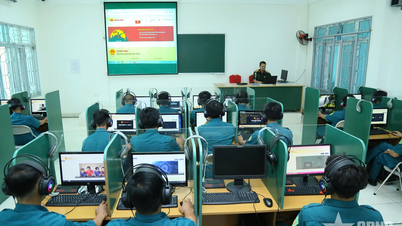
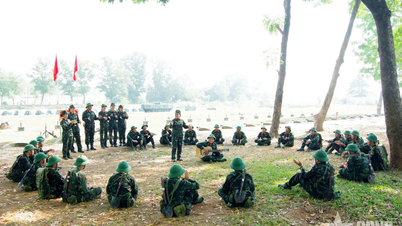
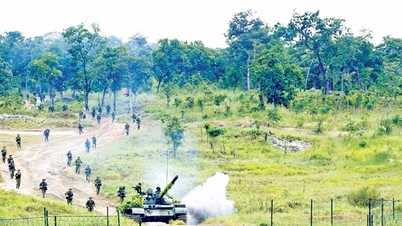

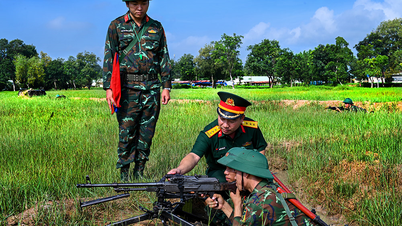


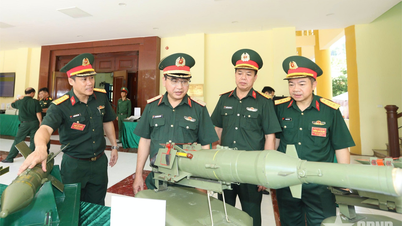
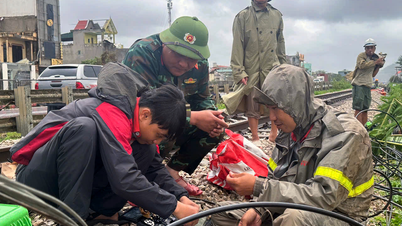

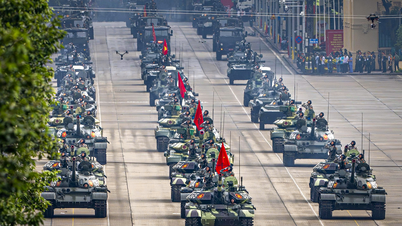

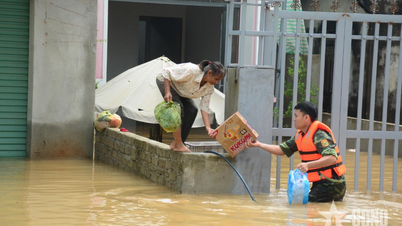




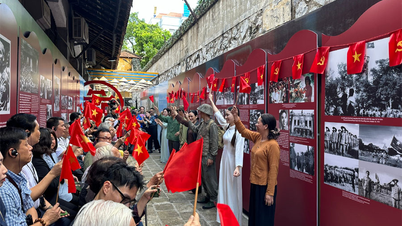

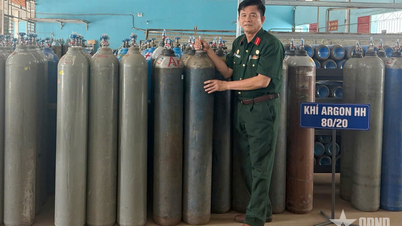
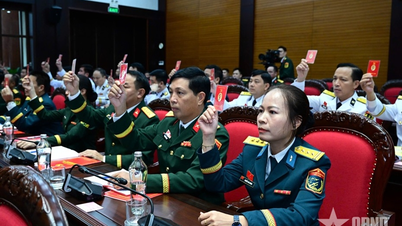
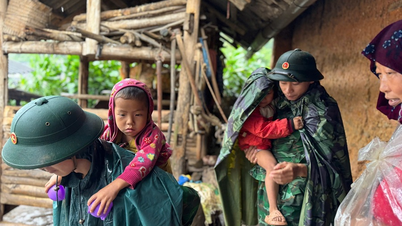
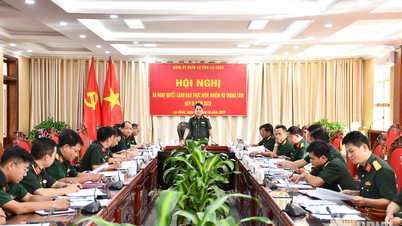












































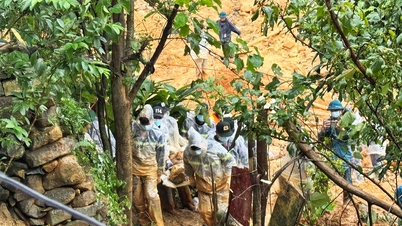






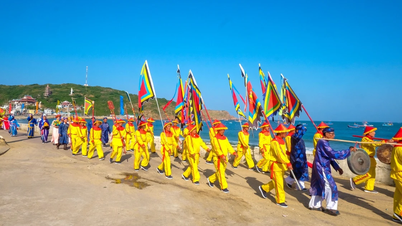













Comment (0)